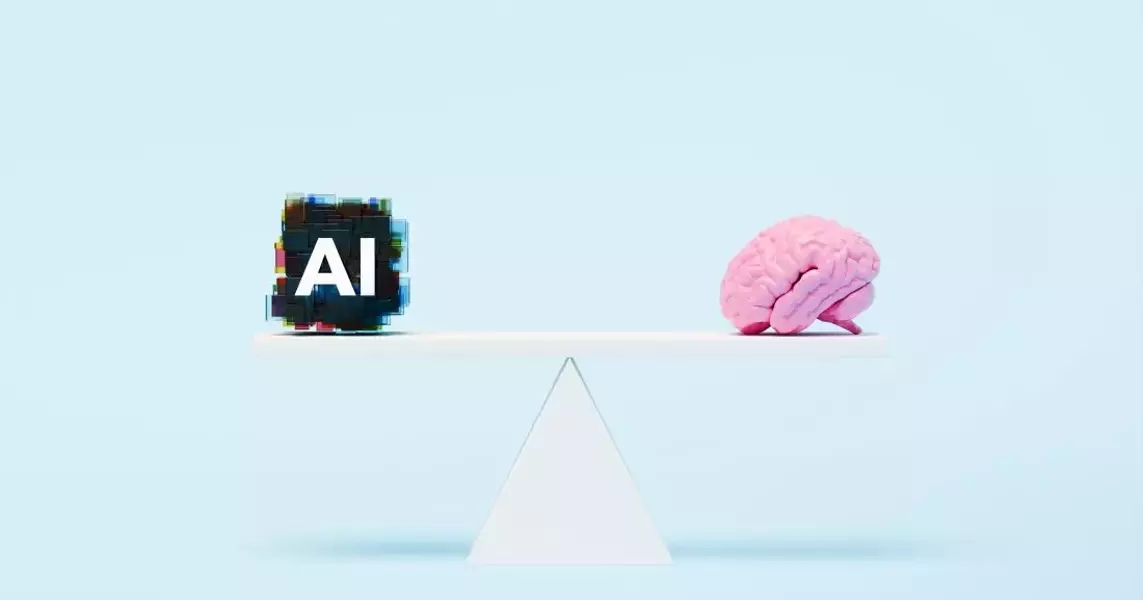The Impact of AI on Jobs and Inequality: Insights from the American Economic Association

This past weekend, the annual meeting of the American Economic Association in San Francisco highlighted the growing influence of artificial intelligence (AI) on various sectors. Economists gathered to discuss groundbreaking research, share ideas, and explore how AI is transforming industries. The conference revealed that AI's role in the workforce is more complex than previously thought. Instead of replacing jobs en masse, AI appears to be enhancing worker productivity in many fields. However, concerns about income inequality persist, with mixed evidence on whether AI will reduce or widen the gap between high- and low-skilled workers.
Enhancing Worker Productivity Through AI
Contrary to earlier fears, AI is not leading to widespread job losses. Instead, it is proving to be a valuable tool that boosts productivity across numerous professions. Radiologists, for instance, have seen an increase in job demand despite predictions that AI would render their roles obsolete. This shift highlights the multifaceted nature of most jobs, where AI can automate specific tasks while humans handle others more effectively. As a result, the collaboration between humans and machines is creating better outcomes and increasing the value of human labor.
Stanford economist Erik Brynjolfsson emphasized this point during the conference. He noted that radiologists perform around 27 distinct tasks, only one of which involves analyzing medical images. Other responsibilities, such as consulting with doctors and patients, remain firmly within the human domain. Similarly, translators and interpreters have also experienced job growth, as AI handles repetitive tasks while humans tackle more nuanced communication challenges. Brynjolfsson stressed the importance of designing systems that complement human skills rather than assuming machines can do everything. This approach ensures that workers can leverage AI to enhance their performance and serve more customers, ultimately leading to higher demand for their services.
The Complex Relationship Between AI and Income Inequality
While AI enhances productivity, its impact on income inequality remains uncertain. Some studies suggest that lower-skilled workers may benefit more from AI tools, potentially reducing the income gap. However, other research indicates that top performers in various fields could gain even more from AI, thereby widening inequality. The mixed evidence underscores the need for careful consideration of how AI systems are designed and implemented.
One study presented at the conference examined the effects of AI on entrepreneurs in Kenya. High-performing entrepreneurs benefited significantly from AI advice, improving their business performance by over 20%. In contrast, low-performing entrepreneurs saw a decline in performance, as they struggled to utilize AI recommendations effectively. Another study by MIT economist Aidan Toner-Rodgers found similar results among scientists, where top researchers nearly doubled their output while the bottom third saw little improvement. These findings highlight the potential for AI to exacerbate existing inequalities unless proactive measures are taken. Brynjolfsson advocates for designing AI systems that augment human capabilities and promote broader prosperity, ensuring that the benefits of AI are shared more equitably across society.